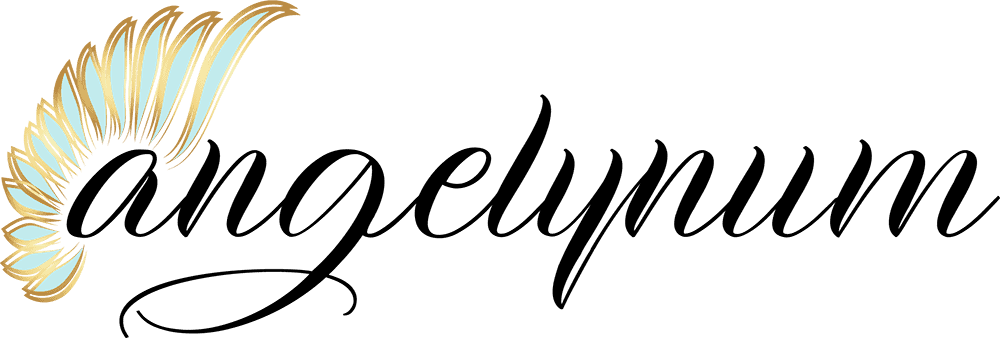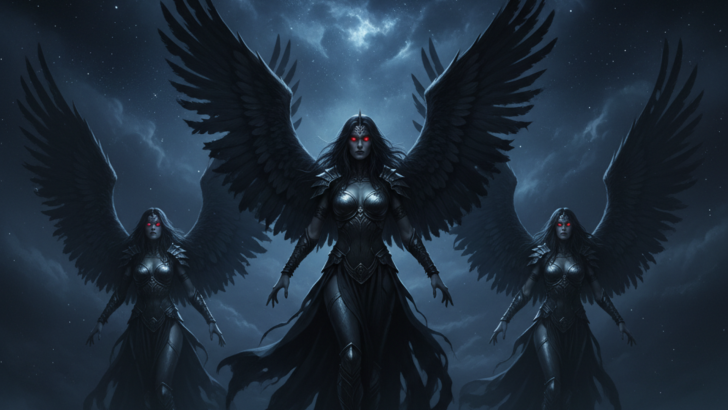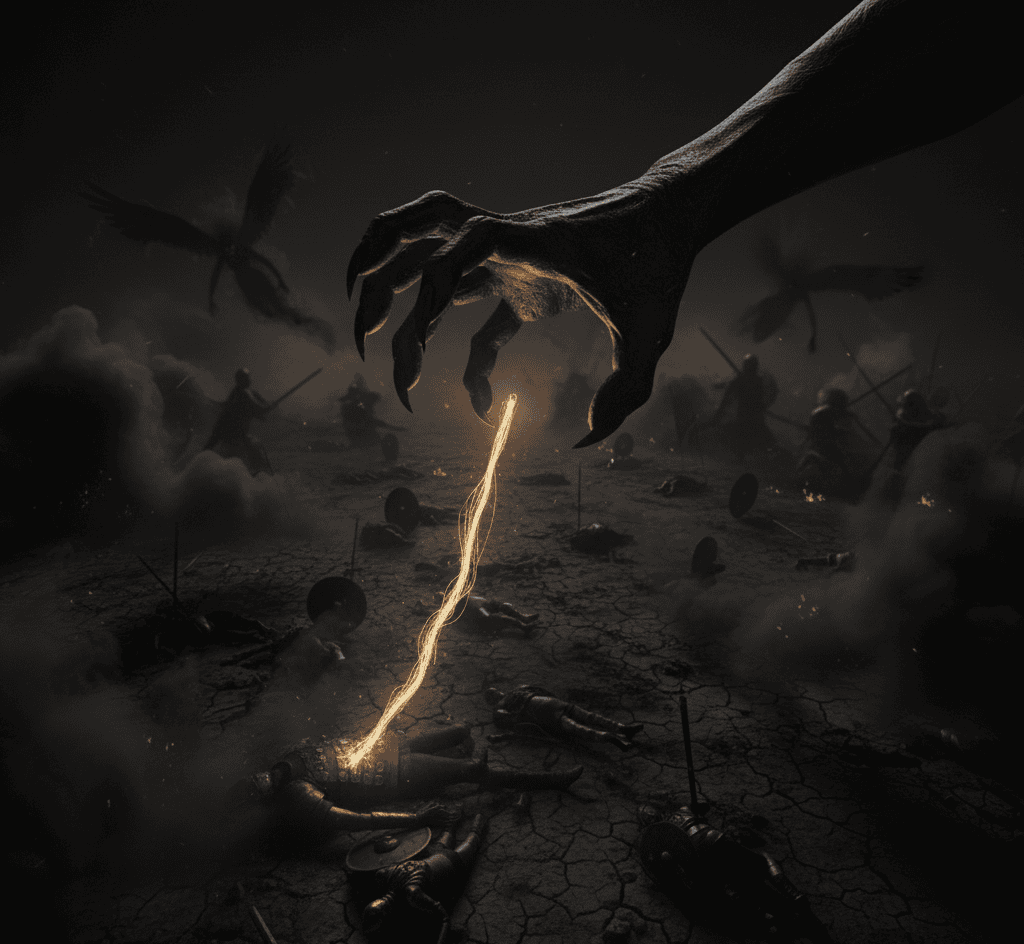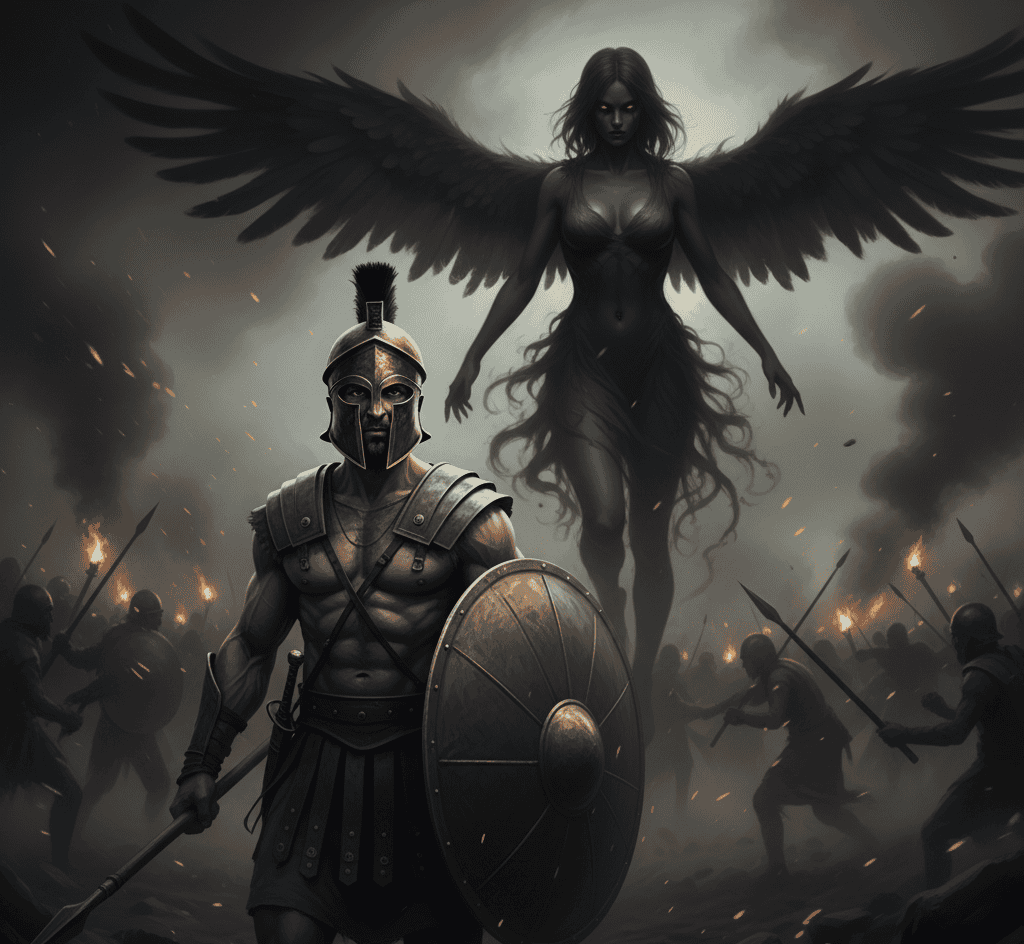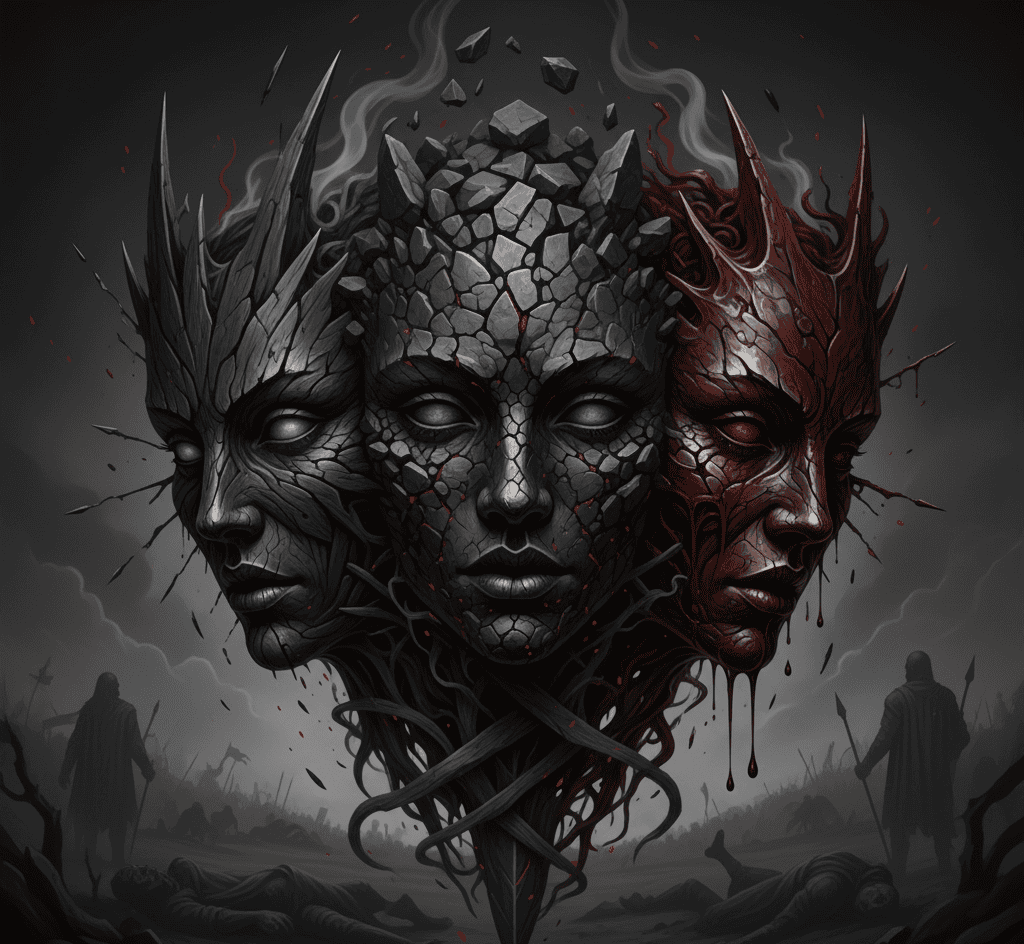In the old world of Greek myth, many spirits watched over life, death, and everything in between.
Some protected heroes. Some guided souls. And some waited for the perfect moment to strike.
Among these darker beings were the Keres, fearsome spirits known for circling battlefields and feeding on the blood of the dying.
They were not demons in the modern sense. They were raw forces of fate, violence, and the chaotic hunger that war awakens.
Today, we explore who these spirits were, why they haunted battlefields, and why their legend continues to fascinate anyone drawn to the darker corners of mythology.
The Dark Sisters Born From Night
The Keres were said to be daughters of Nyx, the ancient goddess of Night. Nyx gave birth to many powerful beings.
Some brought dreams. Others brought sleep or fate. The Keres represented something far more brutal.
They embodied violent death, the kind that came with claws, screams, and spilled blood. As children of Night, they moved where light could not.
They drifted between shadows and smoke, hidden from mortals until the moment of death.
Their mother raised them with the energy of the night sky. They learned how to follow the scent of fear, the heat of blood, and the pulse of fate.
Unlike gentle spirits who guided souls, the Keres were hunters. They did not bring comfort. They brought finality.
The Greeks pictured them as dark-winged women, fierce and wild. Their hair flowed like smoke. Their teeth were sharp.
Their eyes glowed with hunger. They never smiled. They never pitied. They simply fulfilled the role they were born into, a role that reflected the harsh truths of the ancient world.
Life was fragile. War was constant. Death was rarely peaceful. The Keres were a reminder that not all endings are gentle, and not every spirit approaches with kindness.
The Spirits Who Fed on the Wounded
The Keres were known for their obsession with the battlefield. When wars broke out, they flew to the fields before the first sword touched the first shield.
They circled above the fighters like vultures made of smoke. They listened for the sounds of battle, the metal strikes, the shouts of challenge, and the cries of pain. This was their music.
The moment a soldier fell, the Keres swept in. They fed not on the soul itself but on the blood and breath of the dying.
They drank the life that spilled onto the ground. To them, war was a feast, and every wounded warrior was a cup filled with the final warmth of life.
This image might sound frightening, but to the Greeks it carried deep meaning. The Keres did not kill every wounded person.
They only came when fate had already decided death. They were not murderers. They were collectors, drawn to the moment when a life crossed the edge.
Some stories claimed the Keres pulled at the souls of warriors, dragging them out like threads.
Others said they fought one another over the most glorious deaths, each one wanting the strongest or bravest fighters for themselves.
Their hunger was endless, because war never stopped for long. And the more violent the battle, the more the Keres multiplied.
Their presence made every battlefield feel haunted. Warriors believed that if they fought bravely, their souls might escape the Keres and reach the afterlife untouched.
But if they showed fear or weakness, the sisters of night would claim them without hesitation.
Why Warriors Feared and Respected Them
For ancient Greeks, the Keres were not only terrifying but also strangely respected. They represented the kind of death that warriors accepted when they stepped onto the battlefield.
The Greeks deeply understood the risks of war. Every man who lifted a spear knew he might never return home. The Keres gave form to this knowledge.
Warriors prayed to avoid them, yet they also knew the Keres were part of the divine order.
They kept the balance between bravery and fear, life and death, choice and destiny. Their presence reminded soldiers to fight with honor.
A brave death was believed to slip past the Keres, going straight to the realm of heroes. A cowardly death invited the Keres instantly.
In some stories, gods like Athena physically fought the Keres to protect certain heroes. She would drive them away with her shield or strike them back into the dark with flashes of divine power.
When Athena stepped onto the battlefield, the Keres scattered like birds startled from a tree. But even gods could not erase them.
As soon as the divine light moved on, the Keres crept back through the smoke. This mix of fear and respect made the Keres powerful symbols.
They were reminders that glory and death walked side by side. They showed that battle was not just physical but also spiritual, a place where fate itself hovered above the fighting.
The Many Faces and Meanings of the Keres
Although the Keres often appeared in physical form, their meaning changed depending on who told the story.
Some saw them as literal spirits who drank blood. Others viewed them as personifications of violent death.
Some believed they represented fate taking a physical shape. Others considered them symbols of human cruelty and the destructive side of war.
The Keres were sometimes compared to war nurses, but not the healing kind. They tended to the dying, not to save them but to claim them.
They were the final face a warrior saw, the shadow leaning over him as the world faded.
In certain myths, each Ker was linked to a different kind of violent end. One might represent death by blade.
Another might embody death by spear. A third might reflect death by crushing wounds. This made them feel even more personal.
Every soldier knew there was a Ker waiting somewhere, tied to the future written in fate’s book.
Their number was said to be countless, because war never lacked opportunities for them to feed.
Yet despite their frightening role, the Keres were not described as evil. They followed the natural law of the world. Humans chose war.
The Keres simply answered. Their presence also helped ancient people accept death.
By giving a face to violent endings, they made death something people could talk about, imagine, and prepare for.
It gave shape to fear, and in doing so, gave people a sense of control. Even in the darkest stories, the Keres reminded people that every life has an end, and every end has its own mystery.
Why the Keres Still Haunt Our Imagination
Today, the Keres remain powerful figures in mythology because they speak to the human fear of violent endings and the fascination with the darker side of life.
They remind us that war has consequences that reach far beyond strategy and glory.
They embody the chaos that breaks loose when humans choose violence. They also symbolize the parts of ourselves that hunger for conflict, even when we deny it.
In modern art and writing, the Keres often appear as tragic figures, spirits who feed because it is the only thing they know.
Some portray them as misunderstood daughters of Night, shaped by forces they never chose.
Others cast them as haunting reminders of human choices, appearing wherever cruelty spreads.
Their legend continues because they represent something universal. Every culture has stories about spirits of death.
Every society wrestles with the fear of dying violently. The Keres gather those fears into a single image, fierce and unforgettable.
They circle not just battlefields but the edges of human imagination. They invite us to look honestly at the darker parts of life, not to glorify them but to understand them.
They remind us that death is not always peaceful, and that even in ancient times, people struggled with the horrors of war just as we do.

Siempre sentí una fuerte conexión con lo Divino desde mi nacimiento. Como autora y mentora, mi misión es ayudar a los demás a encontrar el amor, la felicidad y la fuerza interior en los momentos más oscuros.
